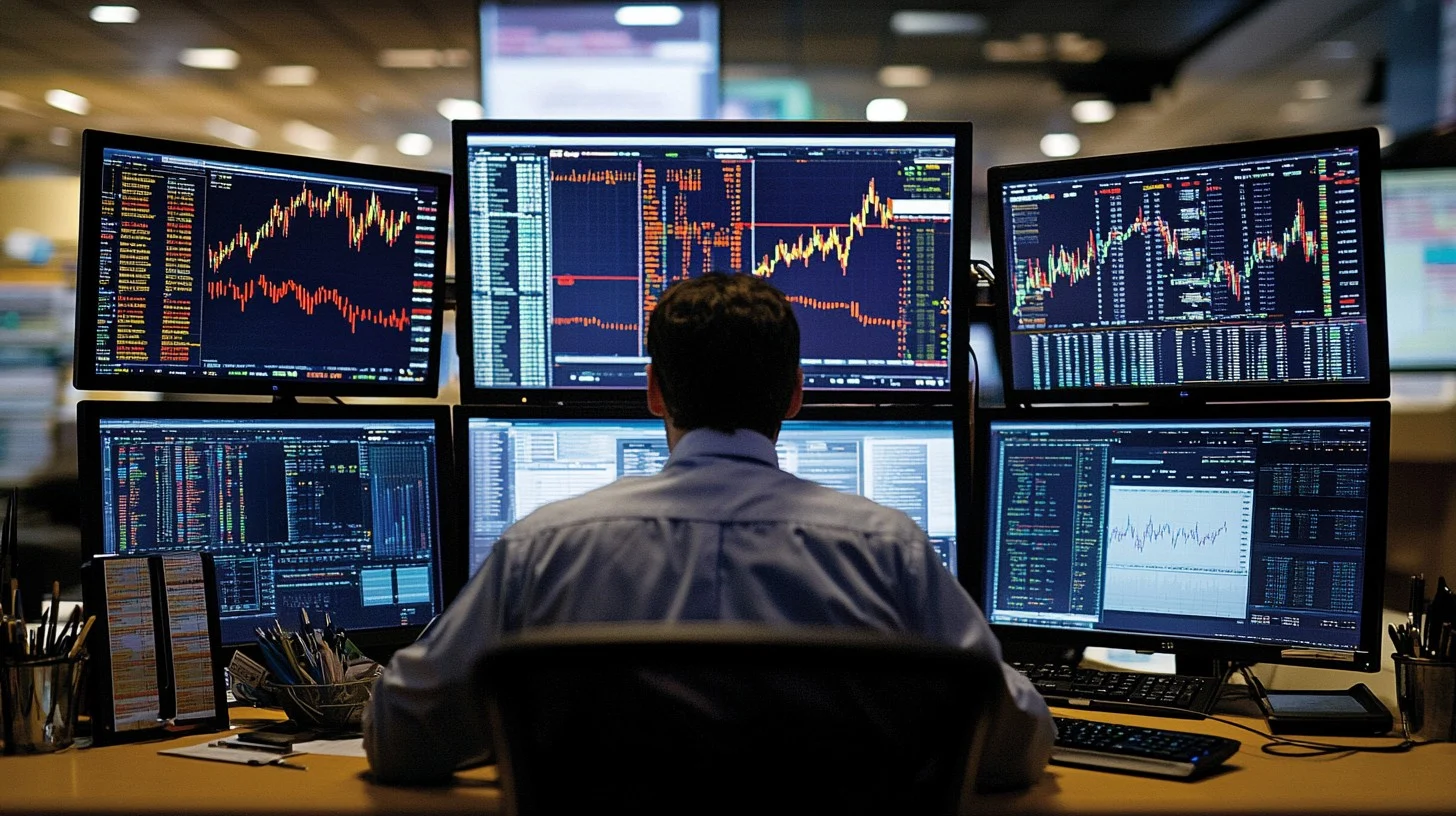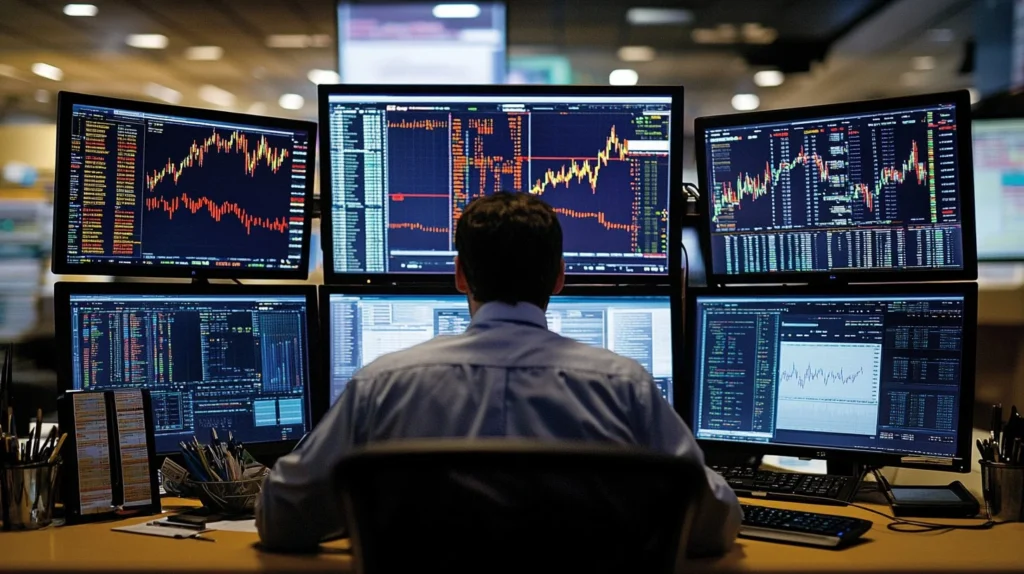
As the Brazilian economy navigates through a complex landscape marked by inflationary pressures and global economic uncertainties, the Selic rate, Brazil’s primary interest rate, has become a focal point for both policymakers and investors. According to recent analyses, market expectations have begun to factor in the possibility of the Selic rate reaching as high as 15% by 2025. This article will delve into the implications of such a scenario and offer insights on how investors can safeguard their portfolios amid rising interest rates.
Understanding the Selic Rate
The Selic rate, set by the Central Bank of Brazil, is a critical tool for controlling inflation and influencing the overall economy. When the economy faces inflationary pressures, the Central Bank may opt to increase the Selic rate to temper spending, thus cooling down price increases. Conversely, lower rates are typically employed to stimulate economic growth during downturns.
As of 2023, the Selic rate was elevated to combat persistent inflation, which has seen fluctuations due to various factors, including global supply chain disruptions and domestic economic policies. The current economic climate suggests that further rate hikes could be on the horizon, with projections indicating that the Selic could reach 15% by 2025 if inflationary trends continue unchecked.
Impacts of Rising Interest Rates
Higher interest rates have a cascading effect on the economy. For consumers, the cost of borrowing increases, which can lead to reduced spending. This, in turn, affects businesses that rely on consumer expenditure. Moreover, higher rates can lead to an appreciation of the Brazilian real, impacting exports negatively as local goods become more expensive for foreign buyers.
For investors, rising interest rates can significantly affect various asset classes. Fixed-income investments typically benefit from higher yields, but the value of existing bonds may decrease as new bonds are issued at higher rates. Equities may also experience volatility as companies face increased borrowing costs and reduced consumer demand.
Preparing for a High Selic Rate Environment
As the possibility of the Selic reaching 15% looms, investors must adopt strategies to protect their investments. Here are some effective approaches:
- Diversification of Asset Classes: Diversifying your investment portfolio is crucial. By spreading investments across various asset classes—such as stocks, bonds, real estate, and commodities—you can mitigate risks associated with any single asset class. In a high-interest-rate environment, consider reallocating a portion of your portfolio to sectors that historically perform well during such periods, like utilities or consumer staples.
- Focus on Fixed Income Investments: While rising rates can negatively impact existing bonds, newly issued bonds will offer higher yields. Consider investing in shorter-duration bonds or bond funds, as they are less sensitive to interest rate changes than long-duration bonds. Additionally, inflation-protected securities, such as Treasury Inflation-Protected Securities (TIPS), can help shield your investments from inflationary pressures.
- Evaluate Real Estate Investments: Rising interest rates can lead to higher mortgage rates, which may dampen demand in the real estate market. However, real estate can still serve as a hedge against inflation. Look for properties in desirable locations or sectors, such as rental properties, which may benefit from rising rents even in a high-interest environment.
- Invest in Defensive Stocks: Defensive stocks, which belong to industries that provide essential goods and services, tend to remain stable during economic downturns. Companies in sectors like healthcare, utilities, and consumer staples often maintain their profitability even when consumer spending declines. These stocks can provide a buffer against volatility during periods of economic uncertainty.
- Stay Informed and Flexible: The economic landscape can change rapidly, and staying informed about market trends and economic indicators is crucial. Regularly review your investment strategy and be willing to make adjustments as conditions evolve. Flexibility can allow you to capitalize on opportunities that arise in a changing interest rate environment.
- Consider Alternative Investments: In a rising interest rate environment, traditional investment vehicles may not perform as well. Alternative investments, such as private equity, hedge funds, or commodities, can offer diversification and potential returns that are less correlated with traditional markets. However, these investments often come with higher risk and should be approached with careful consideration.
Conclusion
As we look toward 2025, the prospect of the Selic rate reaching 15% is a reality that investors cannot ignore. While higher interest rates present challenges, they also create opportunities for those who are prepared. By diversifying portfolios, focusing on fixed-income investments, and considering alternative strategies, investors can better position themselves to weather the storm of rising rates. Understanding the economic landscape and making informed decisions will be crucial in safeguarding investments and achieving long-term financial goals amidst changing monetary policies.
Investors should remain vigilant, continuously educate themselves, and consult with financial advisors to navigate this complex environment effectively. By taking proactive steps now, they can not only protect their investments but also potentially capitalize on the shifts in the market that higher interest rates inevitably bring.
